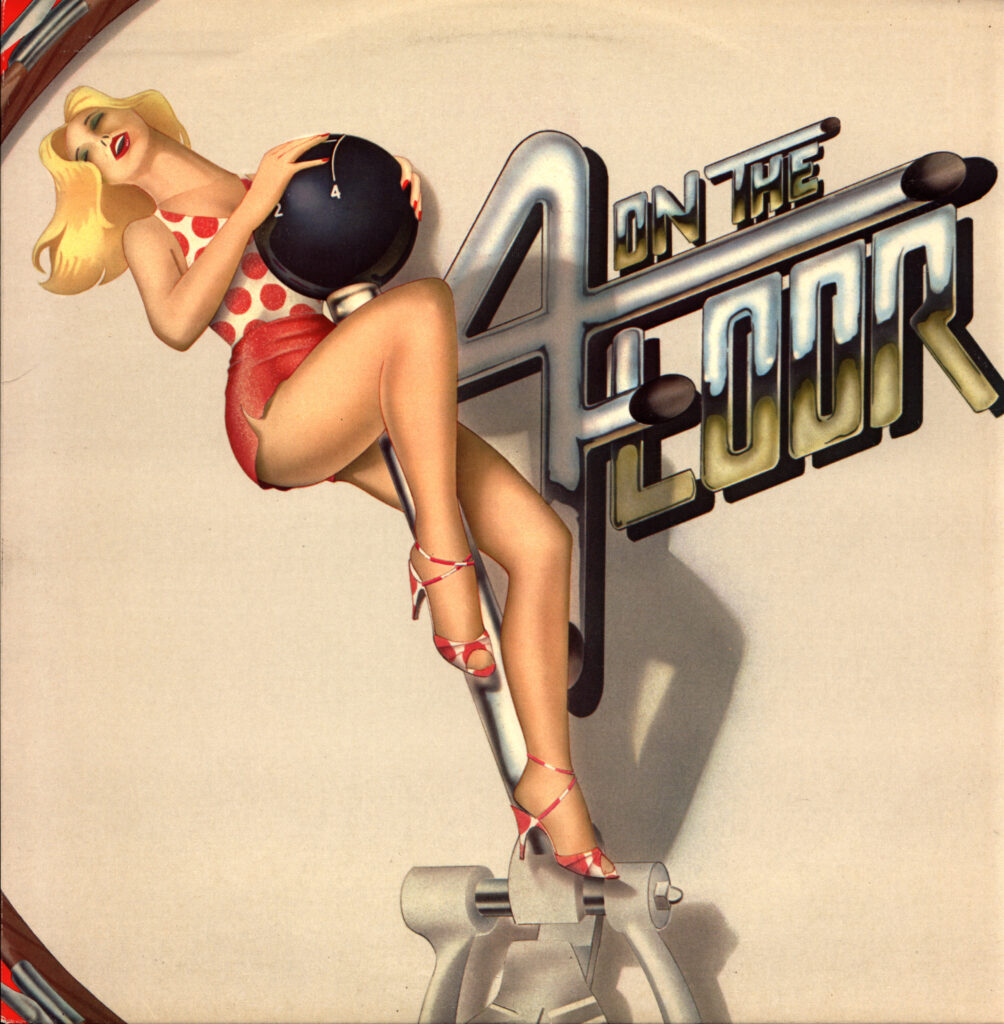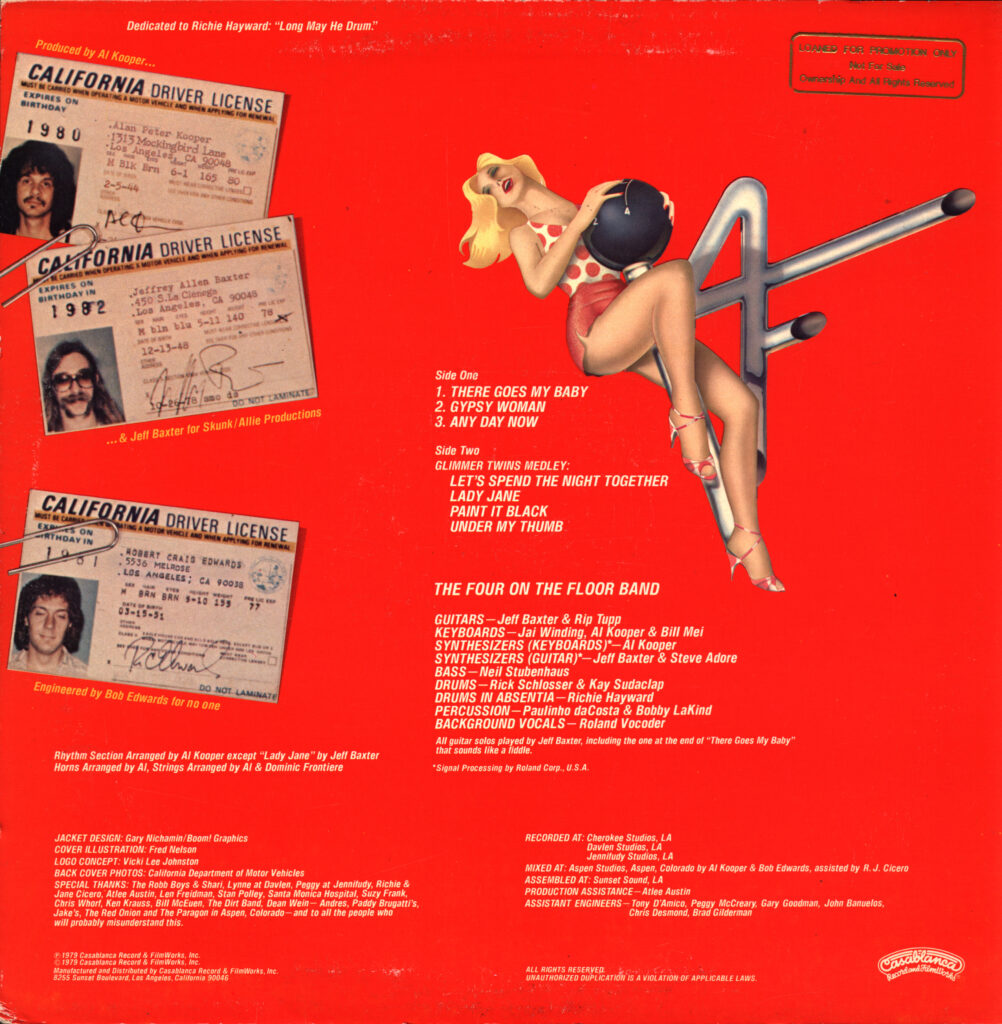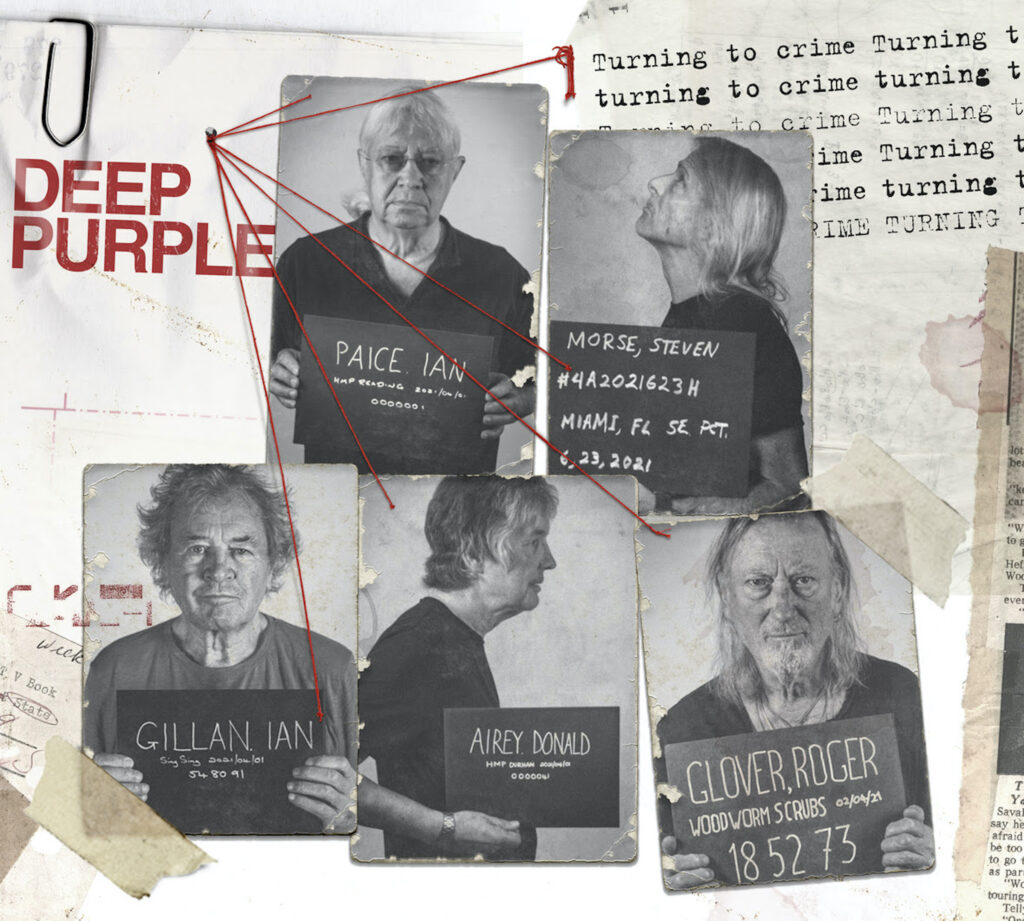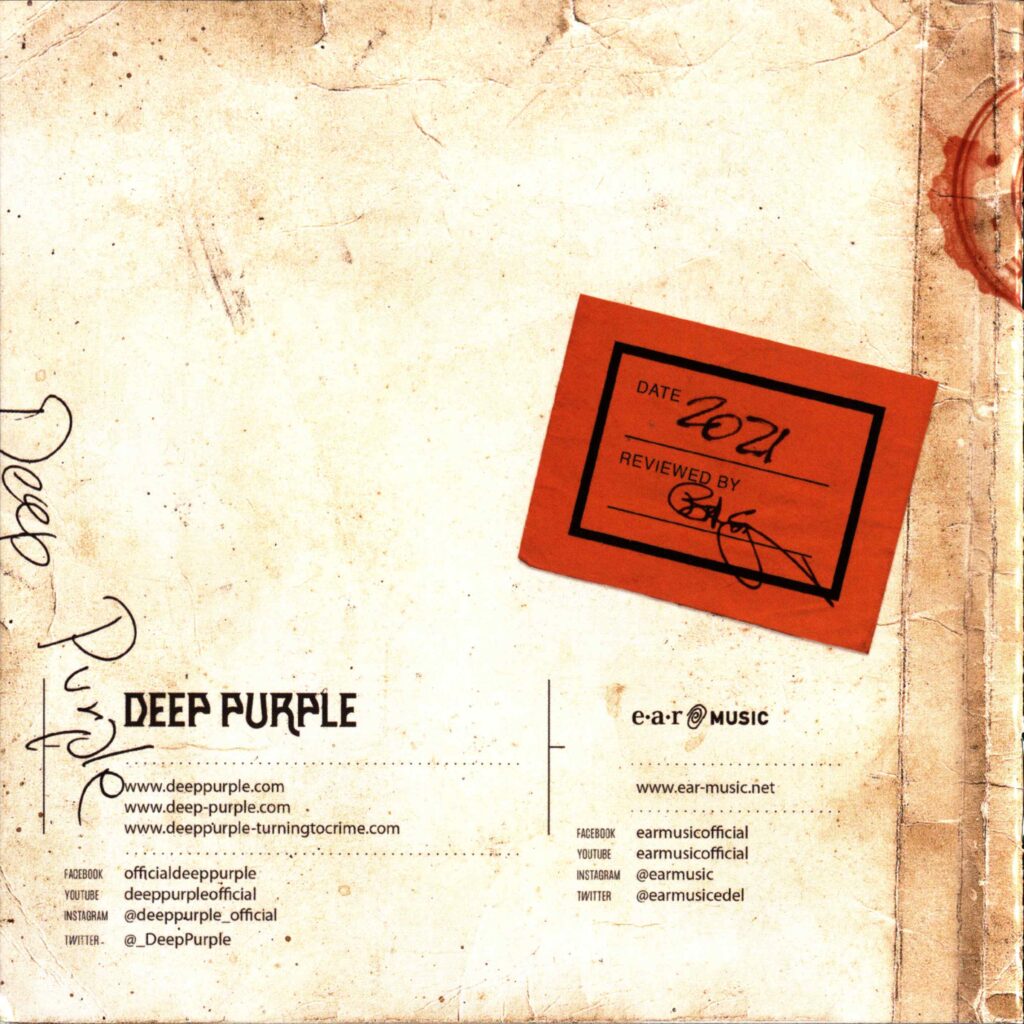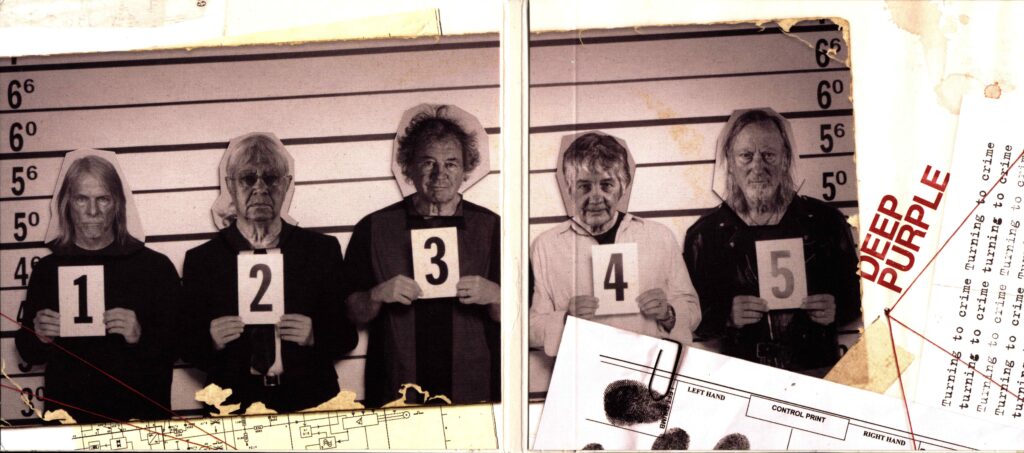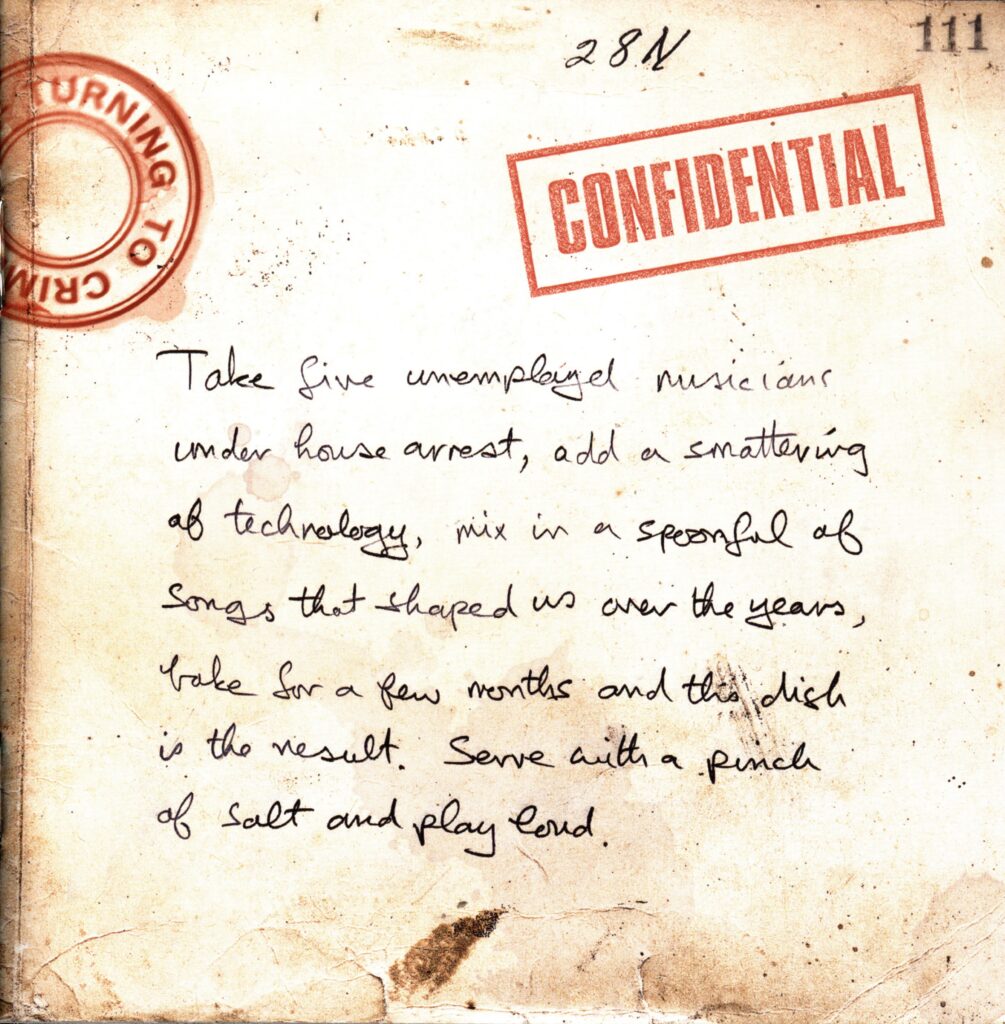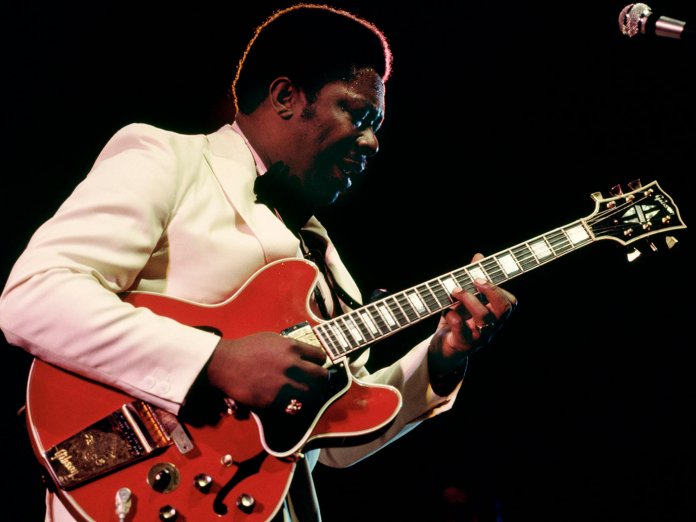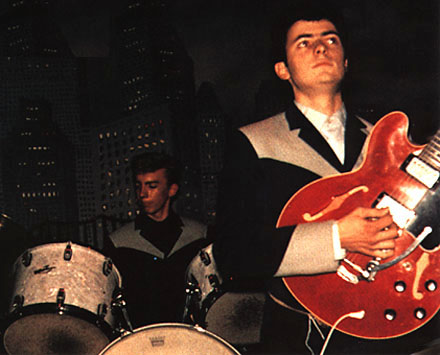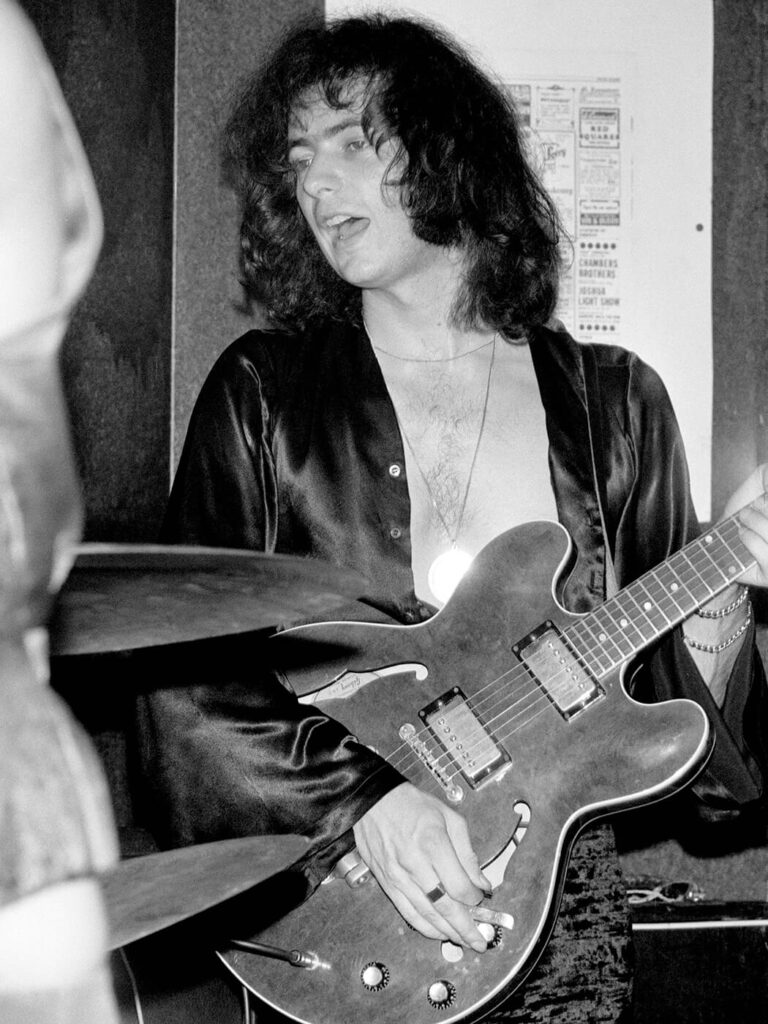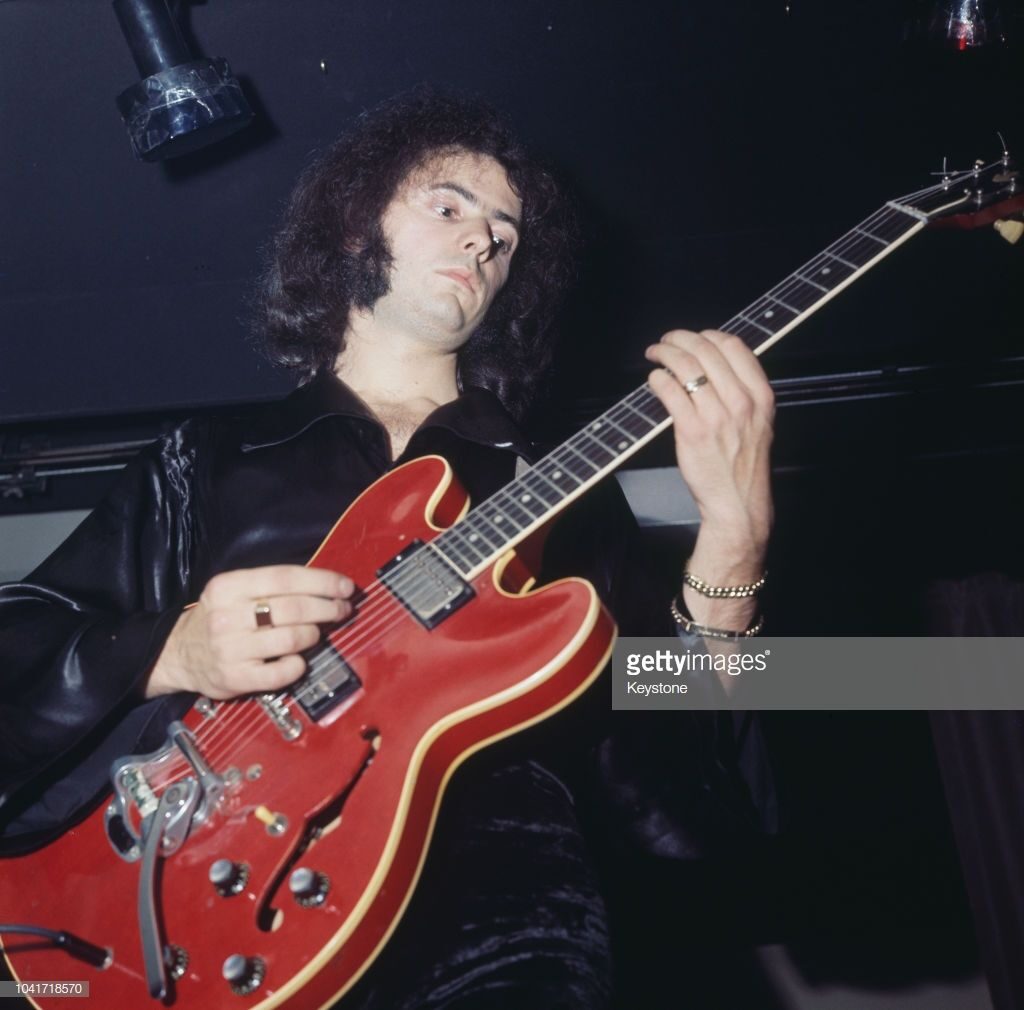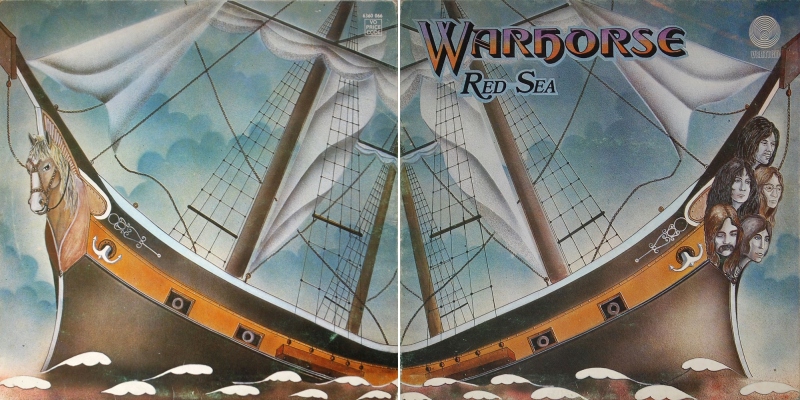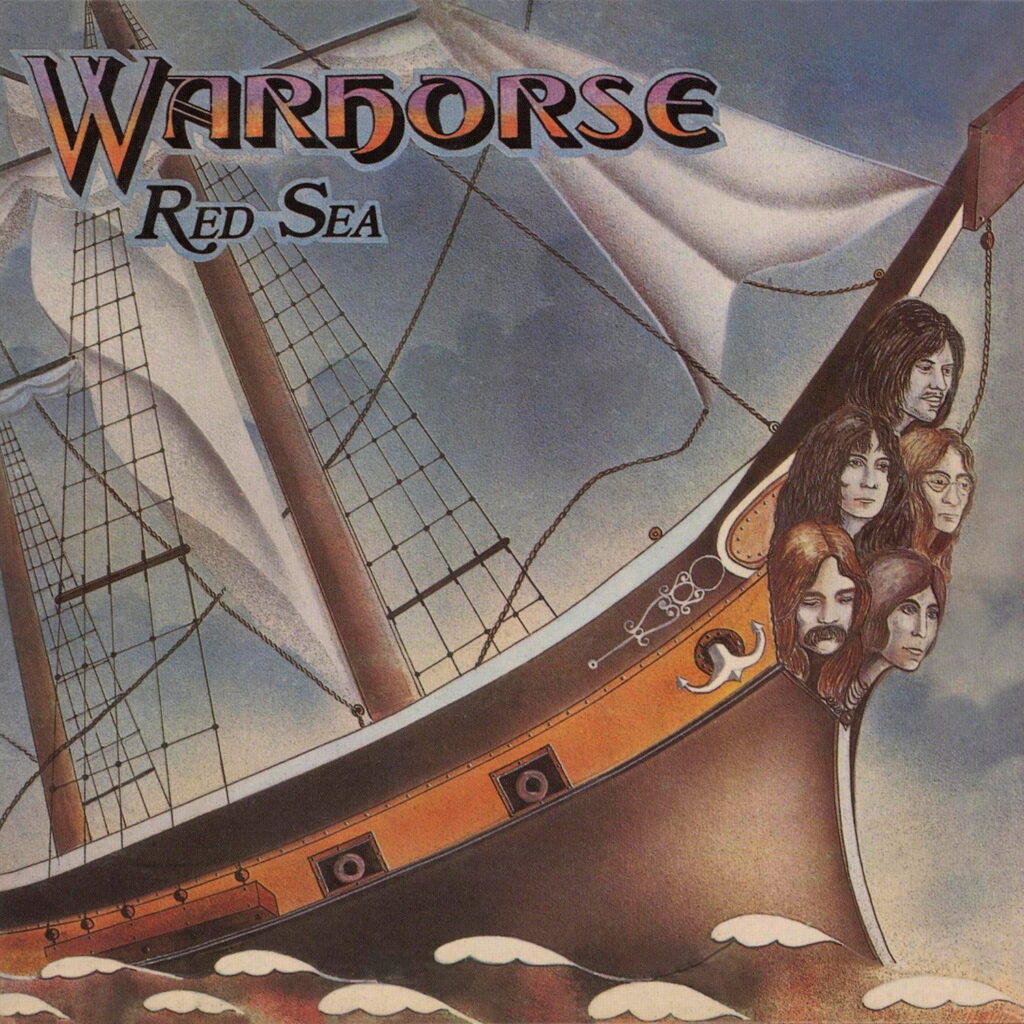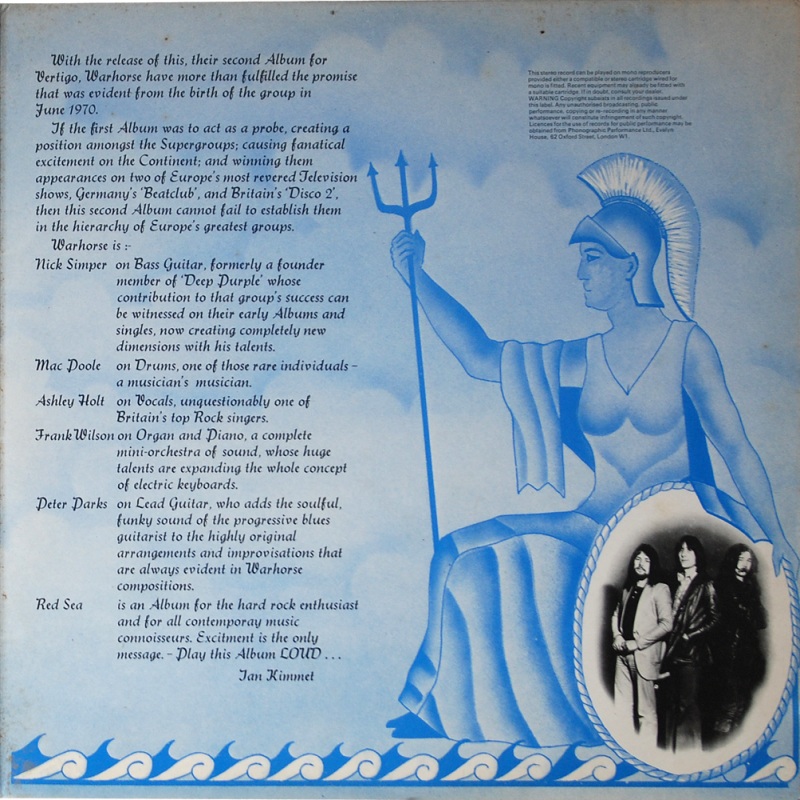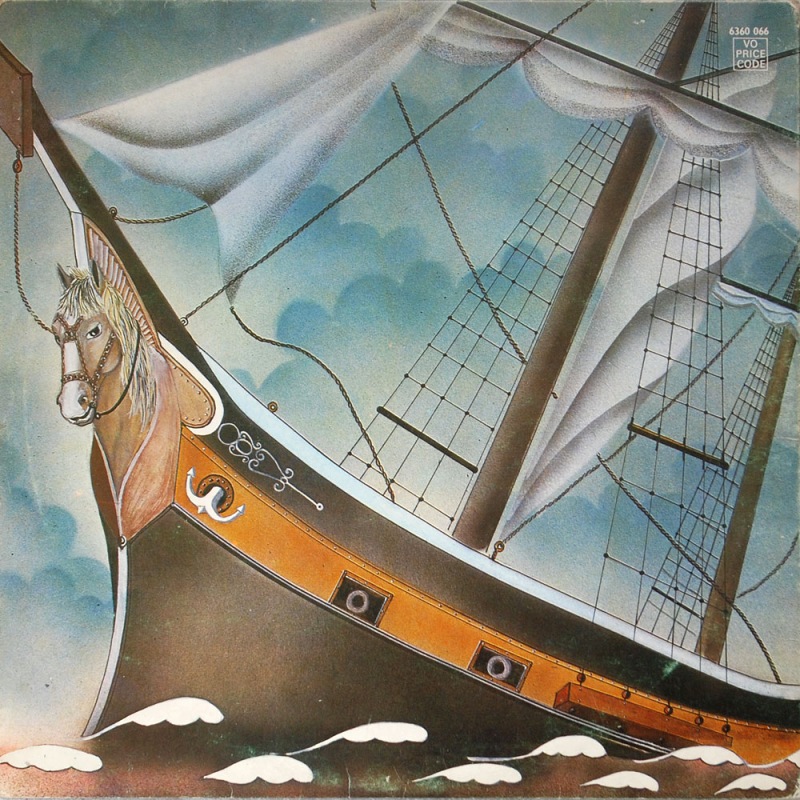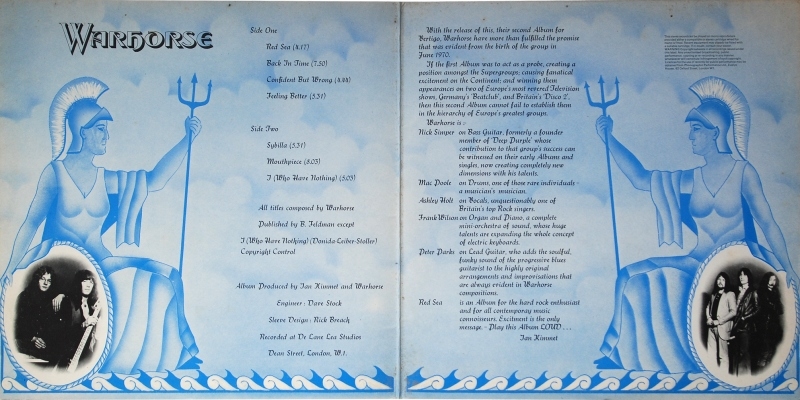Subscribe at Apple Podcasts, Stitcher, Google Podcasts, Overcast, Pocket Casts, Anchor.fm, Breaker, PodBean, RadioPublic, Amazon Music, or search in your favorite podcatcher!
How To Support Our Show:
- Leave us a 5-Star Review on Apple Podcasts
- Buy Merch at Our Etsy Store!
- Become a Patron on Patreon
- Donate on Paypal (Donate one time or click “make this a monthly donation” box)
Welcoming Our Newest Patron(s):
- Raff Kaff – PATRON UPGRADE
- Upgrading to (and creating) the $3.33 Halfway to Evil Tier!
Thanks to Our Executive Level Patrons:
- The £10 Tier
- Dr. Jill Breis
- The Turn it up to $11 Tier
- Clay Wombacher
- Frank Theilgaard-Mortensen
- Alan “Ain’t Too Proud To” Begg
- Mikkel Steen
- $10 “Some One Came” Tier
- Ryan M
- Jeff Breis
- Gerald Kelly – Paypal
- Victor Campos
- “Better Call” Saul Evans
- The $9.99 Executive Assistant Tier
- Richard Fusey!
Show Update:
- Nate & John (and assorted patrons and listeners) will be in Florida in February, 2022 for the first two Deep Purple shows in nearly two years!
- February 10, 2022 – Hollywood, Florida – Hard Rock Live Arena.
- Tickets: https://www.ticketmaster.com/event/0D005B4FDCAFD529
- Meet up: TBD
- February 12, 2022 – St. Petersburg, Florida – Mahaffey Theater
- Tickets: https://www.ticketmaster.com/event/0D005B52C1FCD2C9
- Meet up: TBD
Deep Dive Podcast Network:
Highlights from 2021:
- Scott Haskin
- 3 days ago
- I want to hear all the things! Best moment is John not getting murdered by the suspicious woman, your text-review of Whoosh! Of course the first part of the new album and all the other moments.
- jasur makhkamov
- 3 days ago
- Excited for the 50th anniversary of Machine Head! March 25, which is also the same date that I’ll be seeing them in Turkey! Looks like the stars align for an amazing show (if it doesn’t get delayed that is) And I suppose the 40th anniversary of Straight Between the Eyes, Magic, Saints An’ Sinners, Hughes/Thrall as well. Also not to brag or anything, but in 2021 I had listened to over 3,000 minutes of this podcast just on Spotify alone (and apparently my favorite song was “King of Dreams” but that’s besides the point). I’m definitely looking forward to more episodes, and seeing as there is so much ground to cover it’s gonna be a fun ride!
- Arthur Smith
- @artsmithdrums
- The one that sticks with me is the Straight Between the Eyes episode, I’d forgotten how good the album was, cover aside, and realised that it’s aged really well too.
- @sabbathfans
- My favorite moment isn’t from any particular episode. It was the fact that the episodes I listened to have turned my opinions around on several records. Also, I enjoy screaming at your ratings in the car – “How the frick can you rate that a 5? What’s wrong with you?” 🙂
- Peter Gardow
- @gardowp
- A fine year of episodes overall – enjoyed being part of some of the live episodes, however the “Maine Pizzeria Reviews” stands out – as a “5 Dirty Grinder” episode. What a coincidence – ordered out some Japanese tonight – a LOL moment when I saw this menu item -“not rude”
- https://twitter.com/gardowp/status/1467018575676424195/photo/1
- Davi Leão
- @DaviMatosLeao
- The Turning To Crime originals stream was the highlight for me, that was so much fun! I also enjoyed the variety in the episodes this year, like the Burn isolated tracks or Roger on MTV as well as the recent one on Ritchie’s ES335
- Robert Smith
- @RobertS66580395
- ·The Burn Isolated Tracks was a great episode. But for me, it’s hard to beat John’s reactions during the Warhorse episode.
- Steve Hunt
- @Huntersway67
- Replying to @DeepPurplePod
- I really liked the 2 episodes on The House of Blue Light and the Turning to Crime originals live chat.Getting to comment in real time along with you guys was fun.Oh,it’s always good to hear Nate’s impression of the record label boss.
- Kev Roberts
- @BluebirdKev
- Dec 5
- Loved the Made in Europe episode.
- Fredrik Ek Sotka
- Michaeljosephmusic
- “Flaps” 😂
- Fielding Fowler
- The live streams were awesome! Do more!
- Fielding Fowler
- Also, I was exposed to so much more music than I expected to hear. The extended family has some amazing stuff.
- Robert Pontzer
- Loved that you guys got to hang out in person!
- Anders Sundelin
- 90 to 137 so far.
- //ZTEA
- Fielding Fowler
- Bobby Harrison Funkist episode from a musical standpoint. I really liked that record and still plan on buying it.
- Like many, Maine Pizza Reviews is a favorite for unknown reasons. It should be a waste of time, but it was awesome!
- The Black Country Christmas was by far my favorite! (This is a comment that will of course be relevant soon!)
- Raff Kaff
- We finally get to hear the early Whitesnake Albums, which I love. I liked the episodes that are a little outside the box like the Doors smackdown, The Who did it better episode and Blackmore’s Gibson.
- The shows about the live albums had just a great atmosphere.
Predictions and Speculation for 2022:
- Arthur Smith
- @artsmithdrums
- What will David Coverdale do after the Whitesnake tour, will we ever get a collaboration with Ritchie?
- Steve Hunt
- @Huntersway67
- I’d like to hear what songs from Whoosh and Turning to Crime you’d like the
- @sabbathfans
- I predict the dying robot will finally die.
- Fredrik Ek Sotka
- @fsotka
- Next DP studio album, when?
- Paul
- @paultguitarist
- A studio album with all new ORIGINAL material in the first half of the year
- Francisco José
- @Francis36665430
- All the best for Deep Purple
- Michaeljosephmusic
- Will they re – release “Born Again”? (Please !!!)
- Simon.berglund_
- Will David Coverdales ‘Whitesnake’ and ‘Northwinds’ finally get released to Spotify? I’d bet no, sadly
- Episodm
- Un tout nouvel album…
Thanks to Our Core Level Patrons:
- The $7.77 KeepItWarmRat Tier
- Michael Vader
- The Episode $6.66 Tier
- Steve Coldwell
- Arthur Smith
- Anton Glaving
- The $6.65 “Almost Evil” Tier
- Kenny Wymore
- $5.99 The “Nice Price” Tier
- Fielding Fowler
- Robert Smith
- $5 “Money Lender” Tier
- John Convery
- German Heindl
- Adrian Hernandez
- Jesper Almén
- Oleksiy The Perfect Stranger Slyepukhov
- James North
- Mark Hodgetts
- Kev Roberts – (courtesy of his wonderful children: Matthew, Gareth, and Sarah)
- Will Porter
- Zwopper The Electric Alchemist
- Tim “Southern Cross” Johnson
Thanks To Our Foundation Level Patrons:
- The $3.33 Half Way to Evil Tier
- Raff Kaff
- $3 “Nobody’s Perfect” Tier
- Peter Gardow
- Ian Desrosiers
- Mark Roback
- Duncan Leask
- Stuart McCord
- Flight of the Rat Bat Blue Light
- $1 Made Up Name Tier
- The “Baby New Year’s Leaky Diaper of Final Resting Places” Leaky Mausoleum
- Stephen Sommerville The Concerto 1999 Fanatic
- Spike, The Rock Cat
- JJ Stannard
- Hank the Tank
- Private Eyes
- Ashen Lionel
Listener Mail/Comments
- Comments about the show? Things you’d like us to cover? We’d love to hear from you. Send us an email at info@deeppurplepodcast.com or @ us on Twitter, Facebook, or Instagram.

